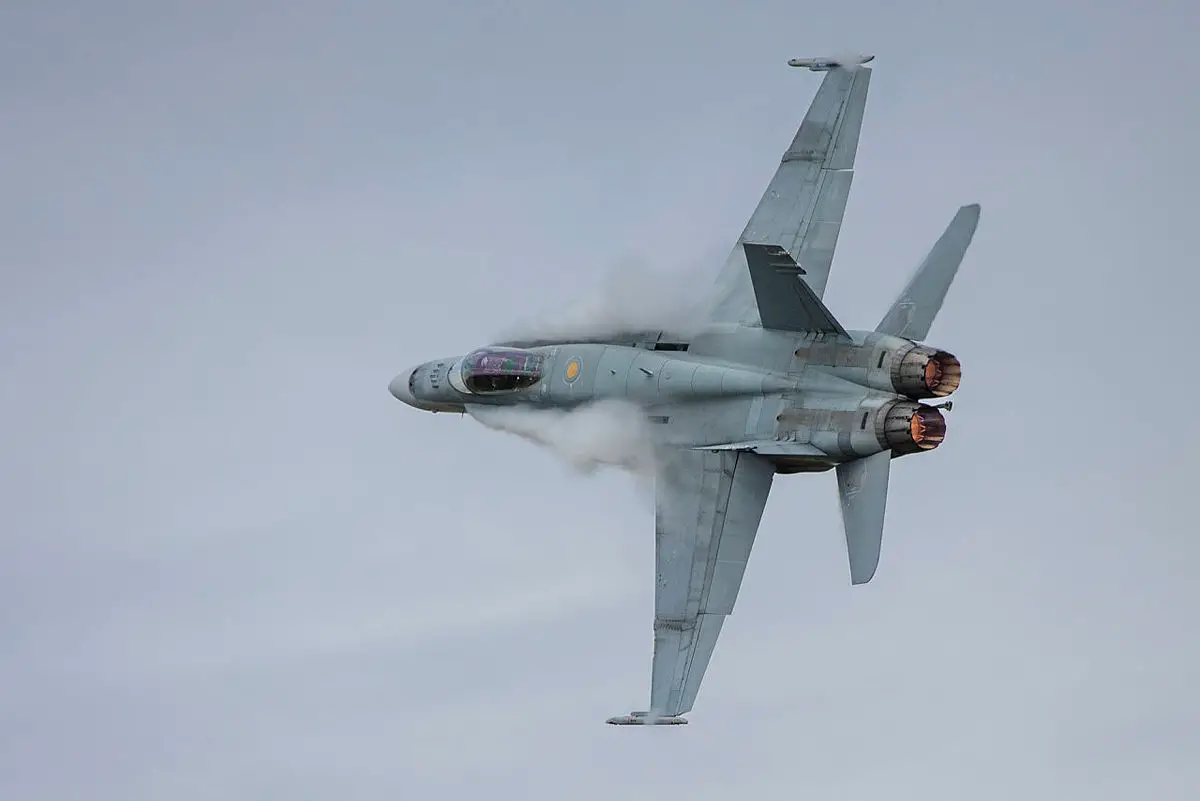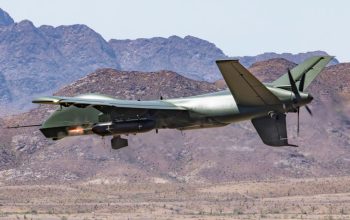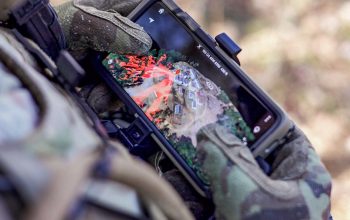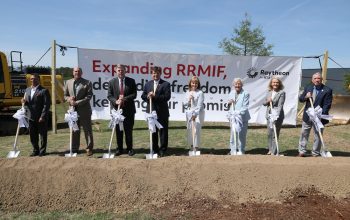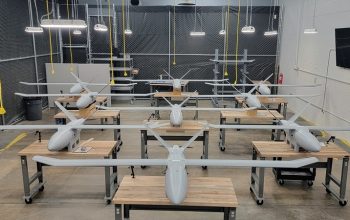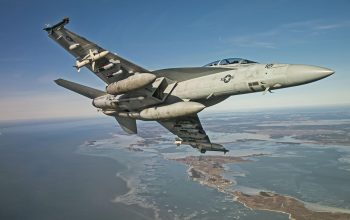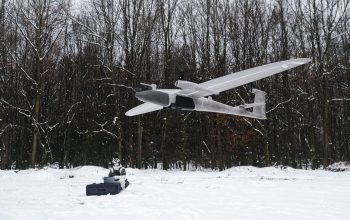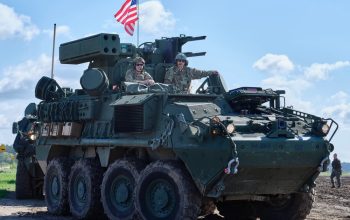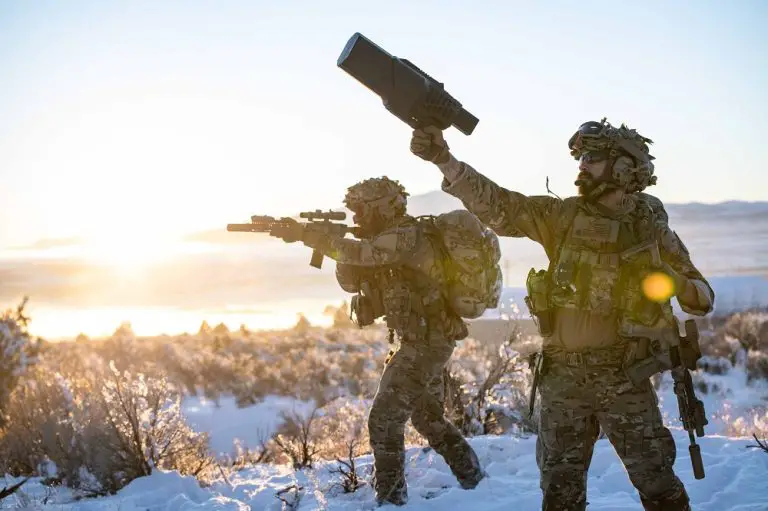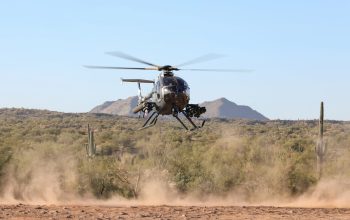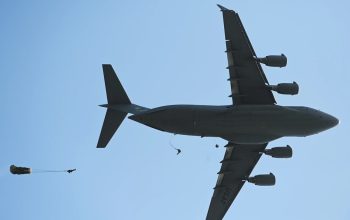Royal Australian Air Force (RAAF) has farewelled the McDonnell Douglas F/A-18A/B Hornets after more than 35 years of service, with an end of era event at Royal Australian Air Force Base Williamtown on November 29. The first two F/A-18A/B Hornets arrived in Australia on June 6, 1984, partially disassembled in the back of a C-5 Galaxy all the way from St. Louis, Missouri, United States. They were followed by the next two Hornets, flown in a non-stop record-breaking trans-Pacific 15-hour ferry on May 17, 1985. The farewell activity included a flying display over Tindal and Williamtown to thank the community for their support.
Commander Air Combat Group, Air Commodore Tim Alsop said,“We could not conduct our flying operations and exercises without the support of the community, particularly around RAAF Bases Tindal, Williamtown and Darwin – they have supported us for the last 30 years and for that we thank them. The Hornets have contributed to Australia’s air power for one third of Air Force’s centenary, protecting Australia and its interests both at home and on the world stage. Whilst pilots are critical to fly a Hornet, it’s a team effort to keep them in the air – with technicians, engineers, logistics, life support fitters, personnel capability and security forces all ensuring that the Hornet could conduct its role.”
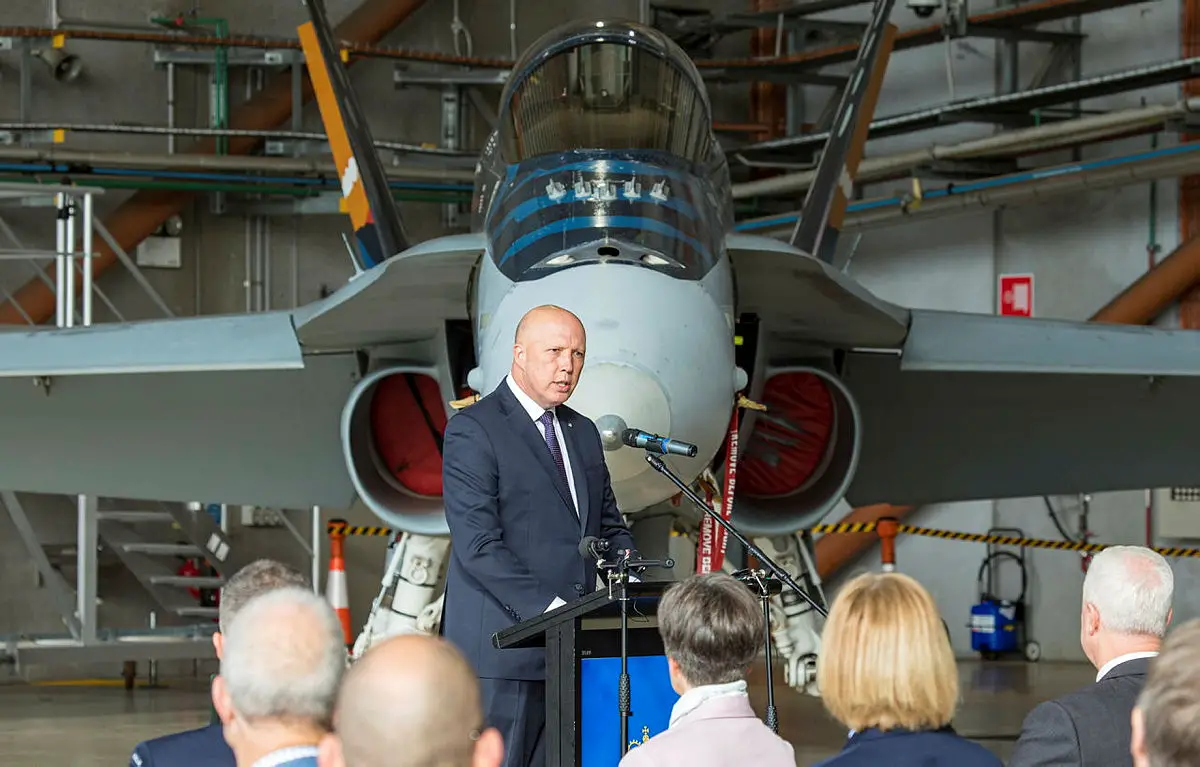
In a fitting tribute to the fighter jet, a solo flying display marked its final farewell to the Australian public at the Wings over Illawarra Airshow on November 28. Over the next 3 decades, 71 Hornets contributed to multiple operations and exercises through the dedication of all aviators at Nos. 3, 75 and 77 Squadron, and No. 2 Operational Conversion Unit. The F/A-18A (single seat) and F/A-18B (twin seat) Hornets have been an integral part of Australia’s air combat capability, capable of air-to-air and air-to-ground missions. The F/A-18A/B Hornets deployed to Operations Slipper, Falconer and Okra conducting strike and close air support missions in support of coalition forces.
The McDonnell Douglas F/A-18 Hornet is a twin-engine, supersonic, all-weather, carrier-capable, multirole combat jet, designed as both a fighter and attack aircraft (hence the F/A designation). Designed by McDonnell Douglas (now part of Boeing) and Northrop (now part of Northrop Grumman), the F/A-18 was derived from the latter’s YF-17 in the 1970s for use by the United States Navy and Marine Corps. The F/A-18 can perform fighter escort, fleet air defense, suppression of enemy air defenses, air interdiction, close air support, and aerial reconnaissance. Its versatility and reliability have proven it to be a valuable carrier asset.
